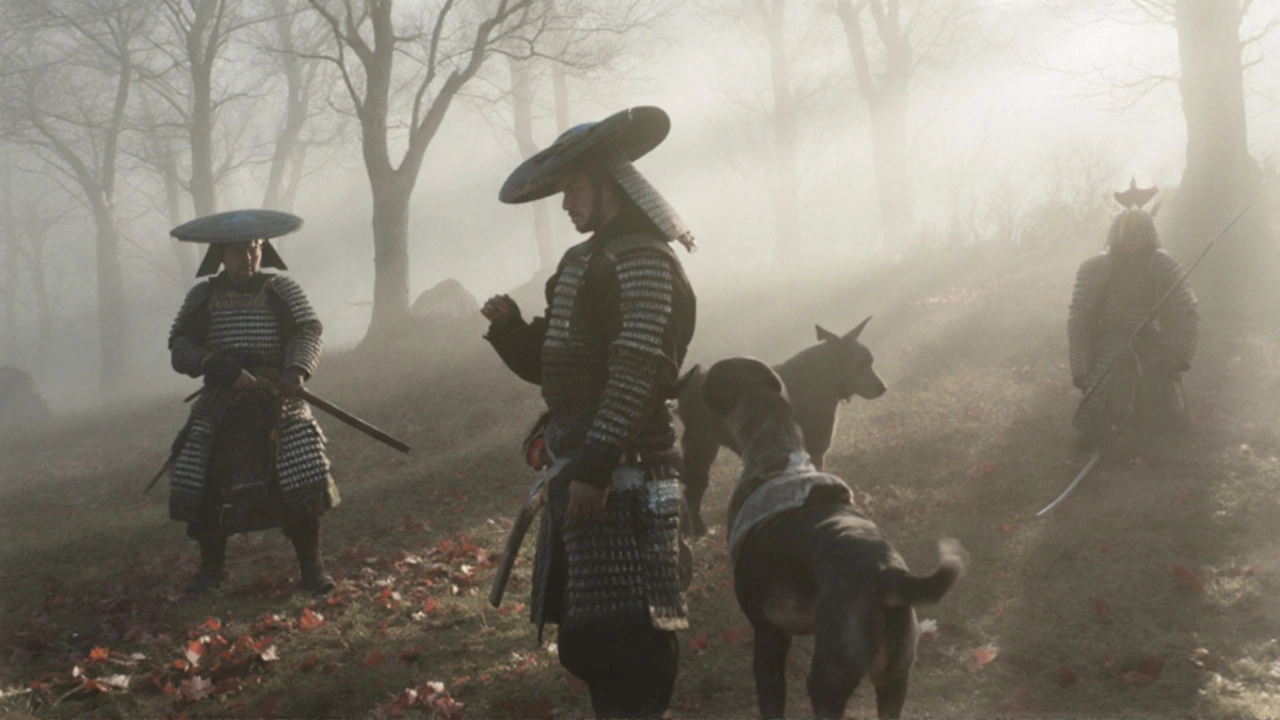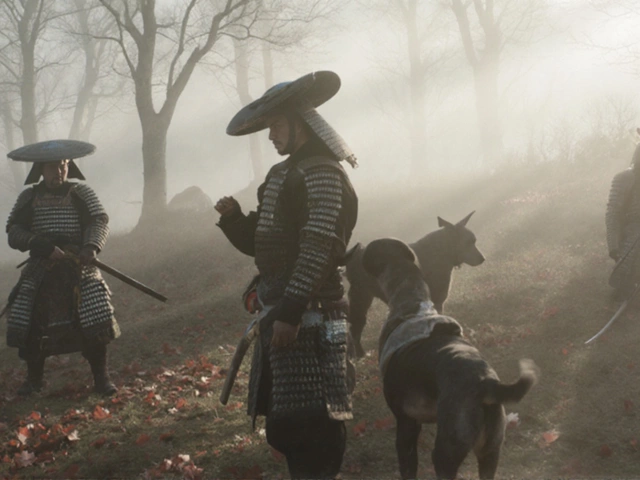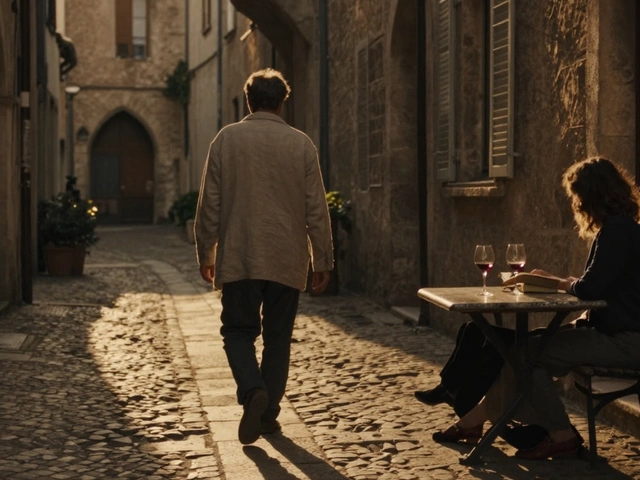Ghost of Yōtei Review: A Hyper‑Violent Samurai Revenge Quest That Grabs You

Gameplay and Combat: A Bloody Ballet
From the moment you pick up the DualSense controller, Ghost of Yōtei forces you to feel the weight of vengeance. The opening scene isn’t a cinematic cut‑scene; you literally trace the names of the six men who ruined Atsu’s life on the touchpad, then watch the ink turn to blood as you cross each one off. That simple mechanic sets a tone that stays with you throughout the adventure.
Combat is where the game truly shines. You’re handed five distinct melee weapons—each with its own rhythm—and the swapping system feels like you’re dancing rather than clicking through menus. Want to transition from a swift katana slash to a heavy war‑axe swing? Just flick the right stick, and you’re in the middle of a new combo. Parry, strike, dodge, repeat—the flow remains uninterrupted, making every encounter feel like an orchestrated performance of chaos.
Even though the fights are hyper‑violent, they never become mindless. The game rewards timing over button‑mashing. A well‑timed parry opens a window for a devastating counter, and the enemy AI reacts, forcing you to shift tactics on the fly. This creates a constant sense of tension that keeps you on edge without ever feeling unfair.
Stealth isn’t a tacked‑on afterthought; it’s a core pillar that offers a different flavor of satisfaction. The Kasuri Gama, a polearm that can yank foes into the shadows, adds a tactical layer that feels fresh. You can chain silent kills, watch bodies pile up unnoticed, and then burst out of the shadows for a blood‑spattered finale. The game balances the thrill of a swift, clean kill with the gut‑punch of leaving a trail of bodies, making each choice feel meaningful.
- Five melee weapons, each with unique combos.
- Seamless weapon swapping via analog sticks.
- Parry‑centric combat that rewards timing.
- Stealth tools like the Kasuri Gama for silent takedowns.
- Blood‑filled hit list mechanic that ties story to gameplay.
All of this is wrapped in a UI that stays out of the way. No cluttered menus interrupt the action; objectives appear as sleek cards that match the game’s artistic vision. This restraint lets the gore and the swordplay take center stage.
World, Story, and Technical Polish: Ezo Comes Alive
The island of Ezo isn’t just a backdrop; it feels like a living character. From sweeping plains that stretch as far as the eye can see to mist‑cloaked wetlands reflecting the moon, every region tells its own story. Autumn forests bleed orange and red, cherry blossoms turn the southern hills pink, and the north is locked in a perpetual winter grip. These visual shifts aren’t just for show—they subtly influence enemy placement and mission design.
Navigation leans on a wind‑guidance system reminiscent of the one in Tsushima. Instead of a radar, you follow birds and foxes that lead you to hidden caches or side quests. This method feels natural, encouraging you to explore rather than sprint to a waypoint. When you do find a point of interest, the spyglass lets you ‘see, mark, go’ without breaking immersion.
The pacing balances the main revenge thread with side missions that feel like bite‑size stories. Each side quest adds a layer to Atsu’s personality, showing her not just as a vengeful spirit but also as someone learning the limits of her power. Because these missions are discovered organically—through exploration or a whispered rumor—they never feel like forced fetch quests.
Technical performance is another strong suit. Load times are practically non‑existent; stepping into a new area feels instantaneous, even on the PS5’s SSD. Fast travel is optional, and the game respects players who want to trek on foot by letting vendors follow you to your camp. This small quality‑of‑life touch keeps the world feeling continuous.
Visually, the game nails both style and substance. Raindrops ripple on surfaces, lanterns flicker in the wind, and the ever‑changing weather adds depth to every encounter. The art direction blends realistic textures with a slightly stylized filter, making blood splatters look vivid without becoming cartoonish.
Storywise, Atsu’s journey is rooted in myth yet feels personal. She isn’t a faceless ghost; her motivations, fears, and small moments of doubt are woven into the dialogue and cut‑scenes. The hit‑list mechanic isn’t just a gameplay hook—each name you cross off reveals a slice of her past, deepening the emotional stakes.
In short, Ghost of Yōtei takes the strong foundation of its predecessor and reshapes it around a compelling new protagonist. The combat is a visceral dance, the world is a feast for the senses, and the technical polish lets you stay immersed without frustrating interruptions. Whether you’re a fan of hack‑and‑slash, stealthy assassinations, or simply a good revenge story, the game delivers a consistently satisfying experience that’s hard to set down.






